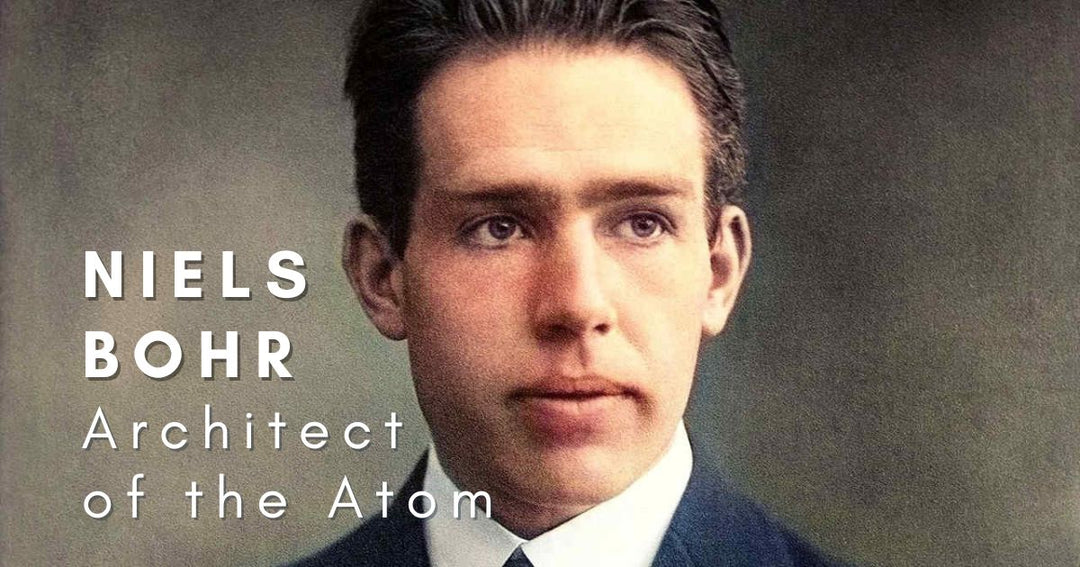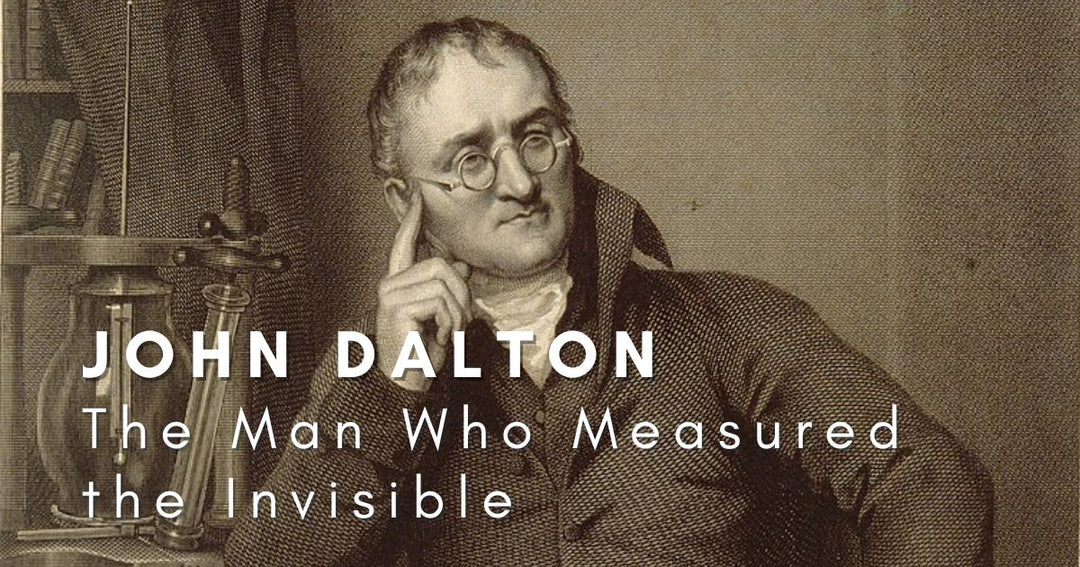The Moon Landing: When the Impossible Became Real
1969: The Year Humanity Left Home
On July 20, 1969, the world held its breath. After millennia of staring at the Moon in wonder, humans were about to set foot on it. But this “giant leap” didn’t begin with a single rocket. It began with a race.
A race fueled by fear, rivalry, and ambition.
The Cold War rivalry between the United States and the Soviet Union had spilled into space in the late 1950s. The Soviets had shocked the world by launching Sputnik in 1957, the first artificial satellite. Then in 1961, Yuri Gagarin became the first human in orbit. The United States lagged behind, its national pride wounded.

Then came a bold promise.
In 1961, U.S. President John F. Kennedy stood before Congress and declared a staggering goal: land a man on the Moon and return him safely to Earth before the decade was out. It was audacious—at that moment, America had barely managed a 15-minute suborbital flight. But Kennedy understood something beyond politics: the Moon landing would symbolize the triumph of technology, democracy, and human courage.

Now all NASA had to do was figure out how.
The response was the Apollo Program, a sprawling effort involving more than 400,000 scientists, engineers, and technicians. It would demand breakthroughs in computing, materials science, rocketry, and navigation. Apollo 1 ended in tragedy—a cabin fire during a ground test killed three astronauts in 1967. But NASA learned, rebuilt, and pushed forward.
By 1969, they were ready to try for the Moon.
On July 16, 1969, Apollo 11 launched from Kennedy Space Center atop a Saturn V, the most powerful rocket ever built. Its crew—Commander Neil Armstrong, Lunar Module Pilot Buzz Aldrin, and Command Module Pilot Michael Collins—began a three-day journey through the void. Television cameras tracked their every move as millions around the globe watched.

And then they arrived in lunar orbit.
On July 20, Armstrong and Aldrin boarded the Lunar Module, nicknamed Eagle, leaving Collins alone aboard the Command Module Columbia. As Eagle descended, alarms blared. Computer overloads. Fuel running low. Armstrong glanced out the window and saw a field of boulders directly below. If he didn’t act, they’d crash.
So he took manual control.

With calm precision, Armstrong guided Eagle past the hazard, landing with just 30 seconds of fuel remaining. His words were understated: “Houston, Tranquility Base here. The Eagle has landed.” In mission control, seasoned engineers cheered and wept.

But landing was only half the story.
Six hours later, at 02:56 UTC, Armstrong descended the ladder and stepped onto the lunar surface. “That’s one small step for [a] man, one giant leap for mankind.” Minutes later, Aldrin joined him, describing the scene as “magnificent desolation.” Together, they planted the American flag, collected 47 pounds of lunar rock, and set up experiments—including a seismic detector and a retroreflector that still reflects laser beams from Earth today.
Meanwhile, Michael Collins orbited the Moon alone, the most isolated human in history.
For two and a half hours, Armstrong and Aldrin worked on the surface, while an estimated 600 million people watched live on television—the largest audience in history. They left behind an American flag, a patch honoring the Apollo 1 crew, and a plaque that read: “We came in peace for all mankind.”

Then it was time to go home.
The Lunar Module blasted off from the surface, rendezvoused with Columbia, and began the journey back. On July 24, 1969, Apollo 11 splashed down in the Pacific Ocean, where the astronauts were retrieved by the USS Hornet. They had completed Kennedy’s impossible challenge with five months to spare.

But the Moon landing didn’t just win a race. It changed humanity’s perspective.
The technological legacy of Apollo is vast—advances in microelectronics, materials, life support systems, and computer science rippled into civilian life. The famous photograph Earthrise, taken during Apollo 8 months earlier, reframed Earth as a fragile, shared home. And for the first time, humanity truly saw itself as a single species on a tiny planet.
Yet it was also an ending.
After Apollo 11, only five more Moon landings followed. Political will faded, budgets shrank, and the Apollo program was cancelled after Apollo 17 in 1972. The dream of lunar exploration gave way to space stations, robotic probes, and, decades later, a renewed push toward Mars.
But that single moment in 1969 endures.
Armstrong, Aldrin, and Collins became symbols of human ingenuity. Kennedy’s gamble paid off, redefining what was possible in less than a decade. And the Moon landing became not just an American triumph, but a milestone for all of humanity.
In the words left on the lunar plaque: “We came in peace for all mankind.”








Leave a comment